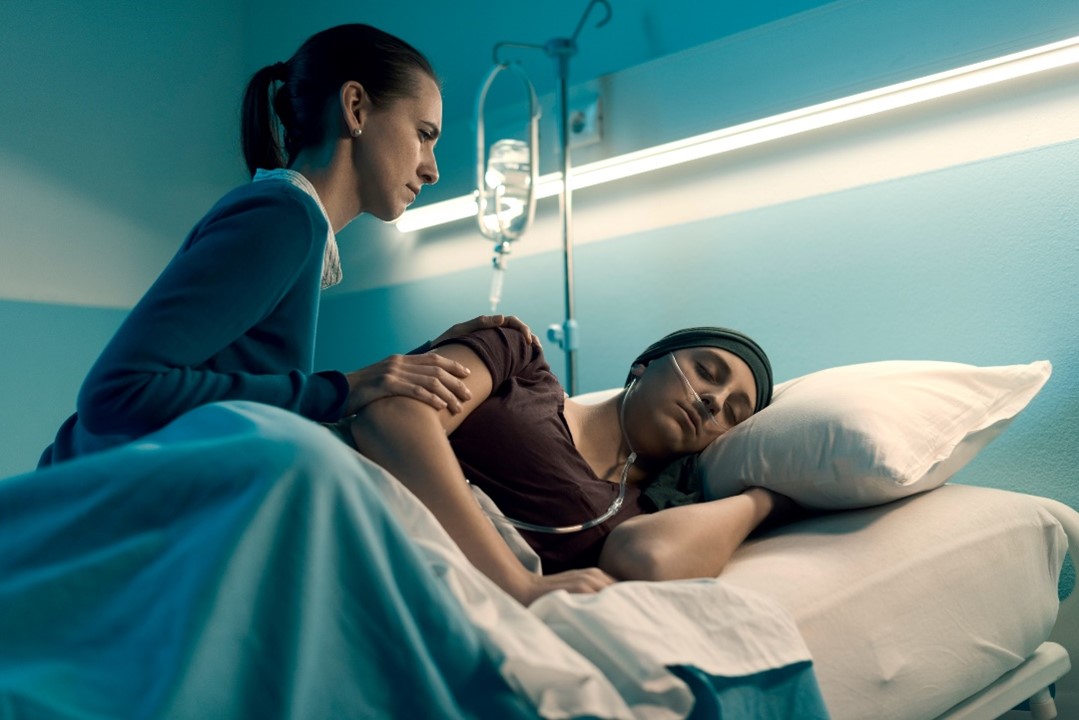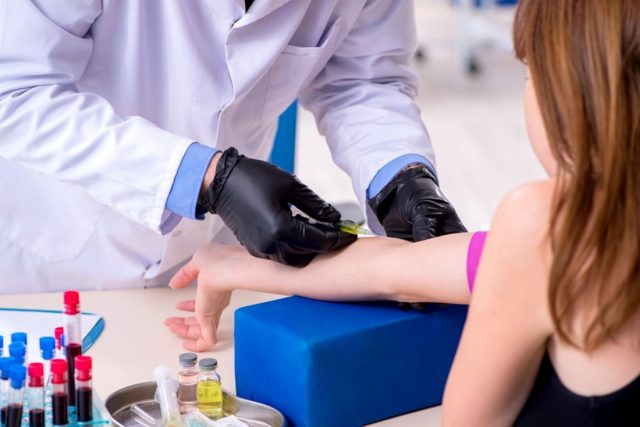At the forefront of groundbreaking medical advancements, Patricia Kropf assumes the role of Program Director at Novant Health’s Acute Leukemia, Transplant, and Cellular Therapy Center. In the forthcoming article, Trish Kropf imparts unparalleled insights into the evolution and strides made in the realm of leukemia diagnosis, and disease management.
Bravely facing the challenges posed by acute leukemia, the medical community continues to forge ahead, seeking better outcomes for patients both young and old through innovative treatments.
Let’s join the frontlines of acute leukemia treatment as we engage in a conversation with a Patricia Kropf, Program Co-Director, sharing the recent advancements in this field.
Patricia Kropf Explains the Innovative Treatments Now Available for Adults
Leukemia treatment for adults has always revolved around three main modalities: chemotherapy, radiation therapy, and stem cell transplantation. But not anymore.
Much progress has been made in the last 20 years, and targeted therapies are now being used in conjunction with staple treatment methods.
Trish Kropf explains that as the population ages and their ability to recover declines, there is a correlated rise in the need for less toxic treatment regimens to improve survival rates.
Acute Lymphoblastic Leukemia (ALL)
Acute Lymphoblastic Leukemia (ALL) occurs when the bone marrow produces too many immature white blood cells. When these white blood cells increase, there’s no more space for the body to make red blood cells.
When they reach critical mass, these cells start flooding into other organs. Here is when the body becomes prone to illness and infection, because the influx of these immature white blood cells cannot fight off intruders like regular white blood cells do.
Promising ALL Therapies That Are Less Toxic
Patricia Kropf reports that many older patients have difficulty tolerating the side effects that ALL chemotherapy treatments require.
As such, physicians are turning to targeted therapies that induce fewer side effects. Instead of chemotherapy, testing is being done whether a combination of these targeted therapies are viable for older patients with a specific type of ALL.
Utilizing CAR T-cell Therapy
In CAR T-cell Therapy, the genetically modified immune cells of the patient are used to treat the condition. In October 2021, the Food and Drug Administration (FDA) approved the first CAR T-cell therapy for adults with this specific leukemia.
CAR T-cells are also being tested for other applications, like delaying stem-cell transplantation for elderly patients, improving longevity.
 Acute Myeloid Leukemia (AML)
Acute Myeloid Leukemia (AML)
The most common type of acute leukemia in adults is AML. Myeloid stem cells don’t mature into healthy red blood cells because of genetic mutations, and instead accumulate in the bone marrow. This leads to lower production of healthy red blood cells, white blood cells, and platelets.
AML is more aggressive than ALL, and can even cause tumors to grow. Fortunately, these tumors can be targeted directly by using certain drugs, such as:
- Enasidenib
- Ivosidenib
- Venetoclax
- Gemtuzumab ozogamicin
- Midostaurin
- Gilteritinib
- Glasdegib
Patricia Kropf also notes that researchers are continuously searching for other avenues to treat AML. Some are developing ways to target myeloid cells more effectively, others are studying how genes of a related cancer – myelodysplastic syndrome – can give insight on how drugs interact with the cancer cells.
And for the elderly with AML, studies are being done to find optimal drug combinations that don’t have the debilitating side effects of regular treatment options.
Developments in Leukemia Treatment for Children
Trish Kropf says just like adults, treatment for children revolves around chemotherapy, radiation therapy, and stem cell transplantation. These treatments don’t always work, or the cancer recurs after some time.
When subjected to these harsh treatments at such a young age, these children often suffer the side effects all throughout their lives. Researchers are pouring their efforts in developing targeted drugs and immunotherapies that are less toxic treatment alternatives.
Targeted Non-Chemotherapy Drugs for Children
Sorafenib, is being explored as an adjuvant for chemotherapy in children with AML.
Dasatinib, FDA-approved in 2017, is used for treating children whose CLL and chronic myelogenous leukemia (CML) present with the Philadelphia chromosome.
Larotrectinib, is under testing in children with the rare tropomyosin receptor kinase (TRK) fusion cancer.
Immunotherapy for Children
Patricia Kropf reports that CAR T-cell Therapy is an option for children whose ALL has relapsed. Tisagenlecleucel, approved in 2017, is specifically being used in this scenario.
Researchers are also hard at work developing or augmenting CAR T-cell therapy for use in other scenarios, such as:
- Circumventing leukemia’s resistance to tisagenlecleucel through an experimental mode of attack.
- Using tisagenlecleucel not just for relapsed patients, but as part of the initial treatment for ALL in children that are at risk of relapse.
- Avoiding resistance to CAR T-cell treatment by combining it with other immunotherapies.
- Developing CAR T-cell treatment for other forms of leukemia, like AML.
Trish Kropf explains that aside from CAR T-cell, there are two drugs that boost the body’s immune system for fighting against leukemia:
Blinatumomab, brings cancer cells and T-cells together to stimulate apoptosis. Researchers found the immunostimulating drug more effective than chemotherapy for treating children and young adults with relapsed ALL.
Inotuzumab ozogamicin, a drug that binds cancer cells and a drug that induces apoptosis. It’s being tested for relapsed B-cell ALL in children.








